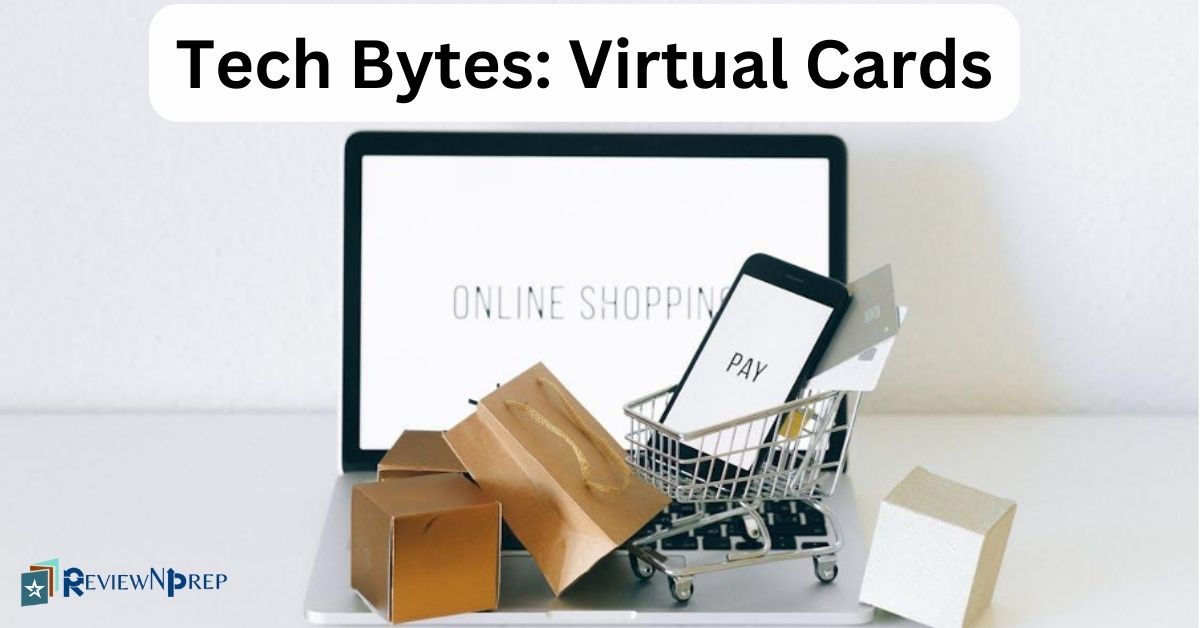Virtual payment cards have been around for a while, but they have traditionally serviced narrow use cases and gained relatively smaller traction in the wider payments ecosystem.
But that is changing.
Driven by increased payment digitalization, rising data security and fraud concerns, the changing nature of corporate purchasing habits as a result of COVID-19, and simply a growing knowledge of their numerous advantages, virtual cards are rapidly gaining traction in both the business and consumer sectors.
There’s never been a better moment for fintechs, neobanks, and other financial service providers to consider issuing a virtual debit card to their clients. Continue reading to discover more about the key reasons for businesses to embark on the virtual payment journey.
#1 — Protection Against Theft and Fraud With Virtual Card
To get an idea of why virtual payment cards are more secure than typical commerce spending cards, first consider how they vary from them. A virtual card, like any other card, contains a 16-digit number, an expiry date, and a CVV, or security code. There are two key distinctions. It is tied to a credit or debit account, but not to a bank account. Except for your name, it contains little personal information.
So, how does this help? Because it is not linked directly to a bank account, it is difficult for hackers to commit fraud even if they obtain the card number; the name on the card is not associated with an individual’s personal account or a company’s bank account. The card functions as a virtual debit card, you are not at risk of losing it or having it stolen.
#2 — Financial Control
You may set a spending restriction for each of the virtual cards you generate. This will assist reduce out-of-policy spending by automatically refusing transactions that exceed a particular threshold and review all the relevant data on an e-commerce platform. You can even define approval protocols for each card you generate. This is beneficial when you delegate payment responsibilities to an employee while maintaining real-time control over each expenditure.
So, if you establish yourself as an approver for a card transaction, you will get a message every time your employee attempts to make an e commerce payment. This way, you don’t have to sit and make all of the payments, but you still have control over the money that is being sent out and ensure secure transactions.
#3 — Easy Vendor Payment Management
If your eCommerce site receives items from a large number of suppliers, it will be difficult to handle payments for each of them since it is impossible to trace who has been paid how much. However, since you have the ability to generate an endless number of virtual cards, you may establish one for each seller. This way, you can see precisely how much you’ve paid each seller so far with a single glimpse at your cards dashboard.
#4 — Issue Refunds in Minutes
Now that you have a virtual card for each vendor, keeping track of refunds is easier since your supplier refunds to the same virtual card that you used to pay them. This eliminates the confusion that would ordinarily arise when attempting to trace whether a refund has been handled by a certain provider or not.
#5 — Save Money
Business owners may gain several immediate financial advantages as they use virtual cards to make purchases and pay suppliers. One significant benefit is better cash flow management and working capital access as compared to paper check payments. That’s because virtual credit cards give a considerable float period — the time between when a supplier is paid and the money leaves a company’s coffers.
Since virtual credit card balances do not have to be paid off until the end of the billing cycle, businesses can make payments while still having up to several weeks to maintain funds that can be used as working capital. This is especially beneficial for smaller businesses, which typically have smaller cash reserves than larger companies. Another good thing to mention is the reduction of fees with virtual cards.
Final Thoughts: Time to Use Virtual Cards
Everyday payments — from e-commerce to tap-to-pay to person-to-person interactions — have become more digital. However, business-to-business payments have taken longer to catch up because they are more complicated, typically requiring more permission and control, and in many instances involving larger amounts of money. The good news is that these are not an issue with a virtual debit card!
Further Reading:

